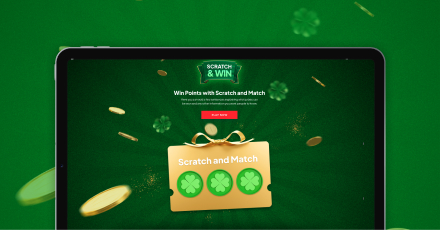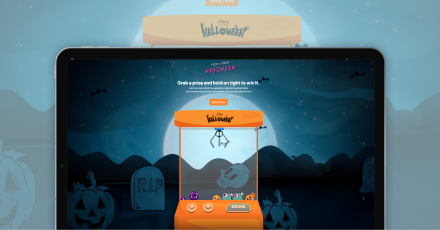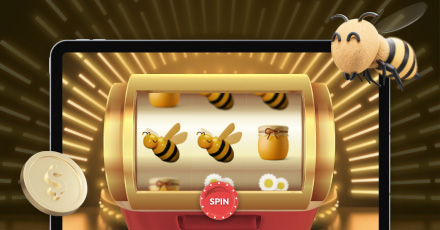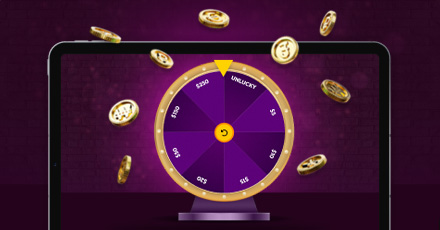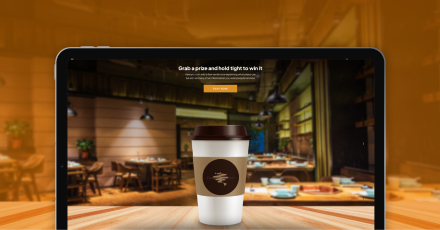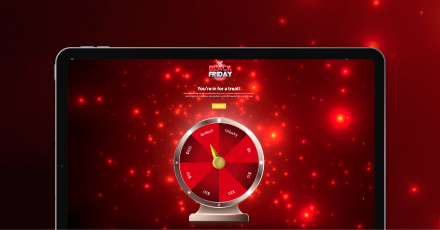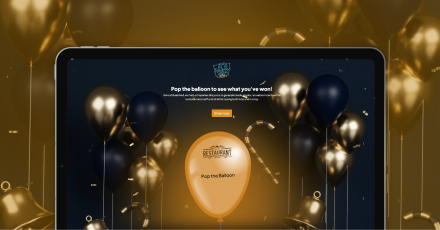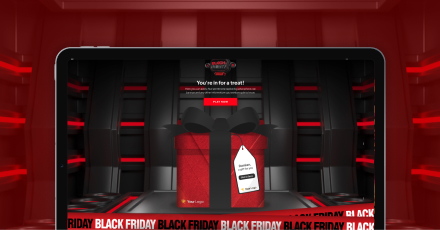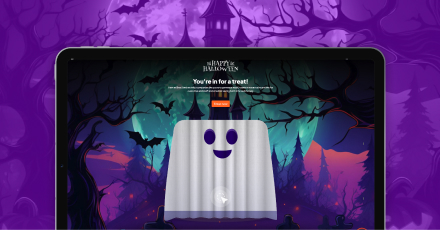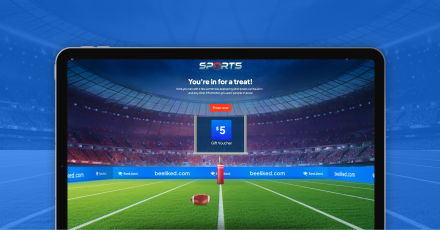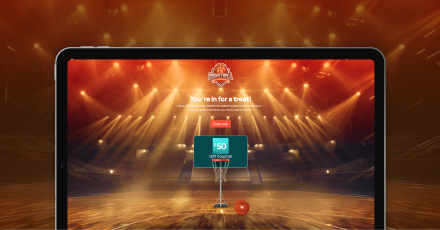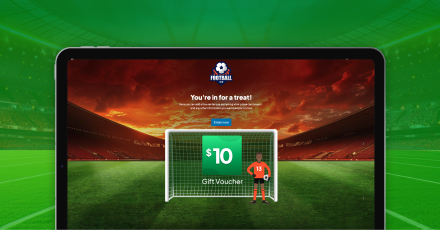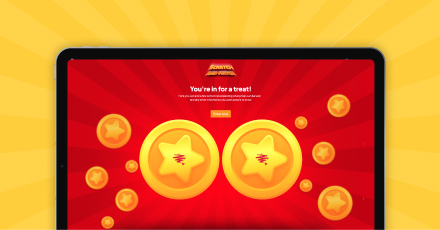With countless brands fighting for attention, attracting visitors to a website might seem like a win in itself. However, website traffic alone doesn’t drive revenue – conversions do. A high number of page views means nothing if those visitors aren’t turning into leads or customers. Smart marketers focus on attracting potential buyers and guiding them through a seamless lead-generation journey that captures interest, builds engagement, and drives action. Gamification for lead generation offers a way to make this process more effective by making it interactive.
Interactive marketing techniques create a more engaging path for potential customers, making lead generation more than a transactional process. Adding elements like games of chance, challenges, and reward-based experiences encourages participation and strengthens brand connections. When done right, this approach can make all the difference between a passive audience and an active, engaged pool of potential customers. This article explores how to design an effective gamified lead generation strategy that strengthens engagement, improves lead quality, and turns clicks into conversions.
How to Design an Effective Gamified Lead Generation Strategy
1. Understand Your Audience and Their Motivations

Customers engage with businesses in different ways. Some respond to exclusive rewards, while others thrive on challenges and competition. To design a strategy that works for your business, understanding your ideal customer and knowing what drives them to interact with your brand is essential. Gamification works best when it aligns with audience psychology. If your target customers are motivated by incentives, reward-based games will hold their attention. For example, an Unwrap the Gift promotion can encourage engagement by offering users a chance to reveal hidden prizes, such as discounts or exclusive content, in exchange for their contact details. If they enjoy a challenge, leaderboard-based experiences can fuel their engagement.
Analyzing behavioral patterns allows brands to create tailored experiences for their audience rather than a one-size-fits-all. Market research, customer surveys, and existing engagement metrics can help define which mechanics will work best for your audience. Without this step, gamification risks feeling gimmicky rather than effective.
2. Choose the Right Tools for Gamification for Lead Generation
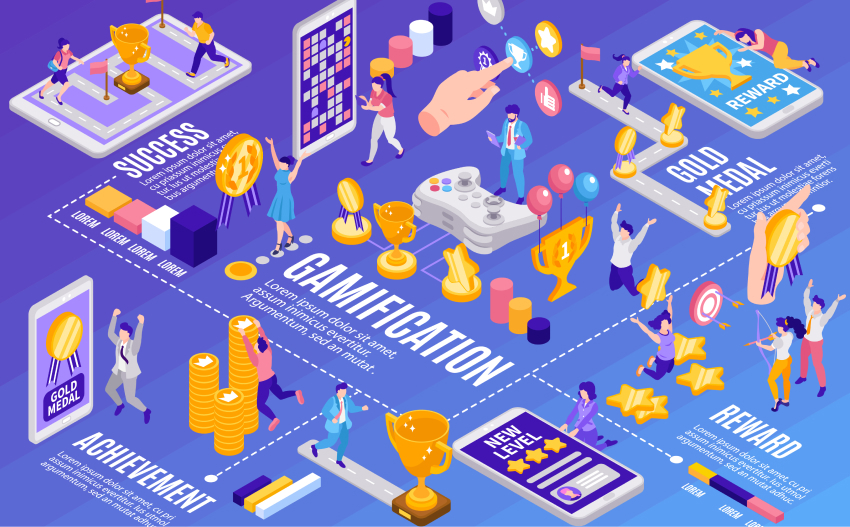
A successful lead generation strategy applies the right mechanics to create an experience that encourages participation, strengthens brand recall, and moves prospects toward conversion. Some of the most effective formats include:
- Spin-to-Win and Instant Prize Games: Ideal for virtual marketing campaigns, these tools encourage quick participation and can be tied to lead capture forms.
- Scratch Cards and Sweepstakes: A simple way to boost engagement while collecting lead data.
- Interactive Challenges: Helps educate potential customers while keeping them engaged.
- Points-Based Systems: Encourages repeat visits by allowing users to accumulate points for various actions.
Each gamified lead generation approach works differently depending on the industry, audience, and conversion goals. The key is to make the experience feel natural and rewarding. A well-executed gamification experience should be easy to understand and effortless to participate in. If participants feel like they have to work too hard to engage, they’ll drop off before converting.
For a deeper look into how gamification supports lead generation, read Boost Lead Generation With Gamification in Marketing.
3. Integrate Gamification With Lead Capture Forms

A well-designed lead capture experience should guide the user effortlessly from one step to the next. That’s what makes gamification highly effective when connected to lead capture forms – it creates a natural path from participation to sign-up. Forms shouldn’t feel like an interruption. Using progress indicators is also helpful to show participants how far they are from completing the process.
4. Create a Sense of Urgency and Exclusivity

A lead that lingers without taking action is a lead that might never convert. Adding urgency and exclusivity encourages immediate participation. Limited-time rewards, exclusive discounts, and VIP-tiered incentives all create a sense of immediacy, making leads more likely to act. People are naturally inclined to avoid missing out on something valuable, so using phrases like “Only available today” or “Exclusive for early sign-ups” can help drive conversions.
However, urgency should never feel forced or misleading. If every campaign constantly pushes limited-time offers, it loses credibility. The goal is to create authentic moments of exclusivity that genuinely enhance the experience rather than manipulate it.
5. Optimize for Mobile and Multi-Channel Engagement
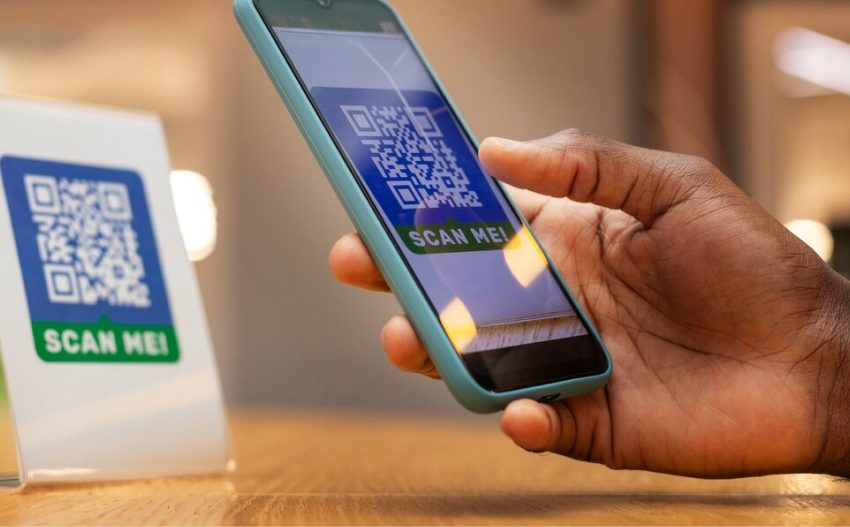
Mobile users make up a significant share of online engagement, so any gamification for lead generation strategy must be mobile-friendly and easy to interact with across different platforms. A smooth, intuitive experience is key to driving results. Mobile users expect fast load times, user-friendly navigation, and interactive elements that work smoothly on smaller screens. If a game-based experience requires excessive clicking, scrolling, or typing, users will likely abandon it before completing the lead capture process.
Multi-channel integration also plays a huge role in engagement. Fortunately, gamification isn’t limited to websites – it can be extended to social media, email, and even in-person activations. A well-executed virtual marketing campaign should be shareable, allowing participants to spread engagement organically through their networks.
6. Measure and Improve Performance

Without tracking results, it’s impossible to know whether your gamification marketing efforts are working. Continuous monitoring and optimization are vital for long-term success. Key performance indicators (KPIs) should align with the campaign’s goals. If the focus is on growing an email list, then sign-up rates and lead quality matter most. If the goal is to increase purchase intent, then engagement depth and conversion rate become critical.
Regular A/B testing can reveal which elements resonate most with users. For example, testing different types of incentives, entry mechanics, or call-to-action placements can uncover valuable insights. Instead of assuming what works, businesses should let data dictate the best-performing strategies.
7. Retarget and Nurture Leads Through Gamification

Gamified lead generation doesn’t end once a contact form is filled out. Following up with engaging, gamified experiences can help nurture leads and move them further down the sales funnel. A user who engages with a gamified campaign once is more likely to do so again. Brands can build on this engagement by retargeting leads with follow-up games, challenges, or rewards.
For example, sending a “second chance to win” email campaign keeps leads engaged without feeling spammy. Similarly, integrating gamification into loyalty programs ensures that users keep interacting with the brand over time. A multi-step gamified engagement strategy keeps potential customers involved, excited, and moving toward conversion rather than dropping off after a single interaction.
Final Thoughts
While digital attention spans are shrinking, this shift opens up new opportunities for brands to rethink how they capture and convert leads. Businesses that embrace more dynamic, interactive approaches are better positioned to stand out and keep potential customers engaged from the first click.
Interactive elements, rewards, and challenges help brands move past surface-level engagement and actively draw in leads who are more likely to convert. The right gamification for lead generation strategy will transform your marketing campaigns into conversion engines, ensuring every interaction brings prospects closer to becoming loyal customers.
If you’re looking to level up your lead generation strategy, explore BeeLiked’s range of gamified promotions and discover how interactive experiences can bring more value to your marketing efforts.
